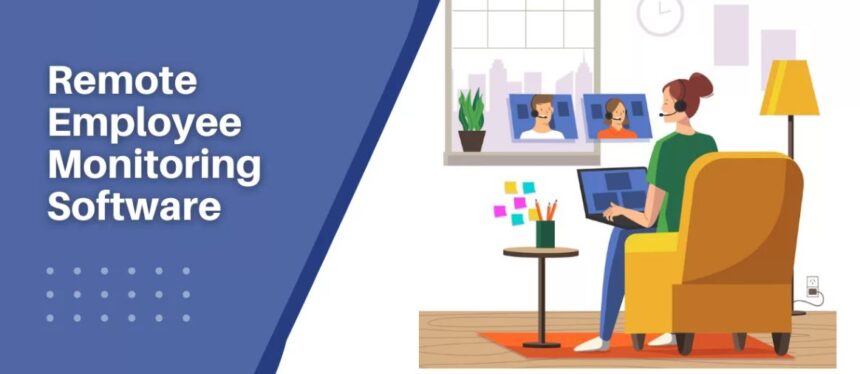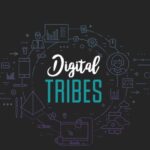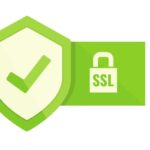The rise of remote work has fundamentally changed how businesses operate. While this shift has brought flexibility and improved work-life balance for employees, it has also introduced challenges in maintaining productivity, accountability, and communication. Remote employee monitoring software has emerged as a key solution to address these challenges. When used thoughtfully, it can enhance collaboration and efficiency while ensuring trust and transparency.
What is Remote Employee Monitoring Software?
Remote employee monitoring software refers to tools that allow employers to track and manage the activities of remote workers. These tools often include features like:
- Time Tracking: Logging hours worked and breaks taken.
- Productivity Analysis: Measuring time spent on tasks, projects, or specific applications.
- Screen Monitoring: Capturing screenshots or recording activities during work hours.
- Project Tracking: Monitoring progress on tasks and deadlines.
- Communication Tools: Facilitating seamless interaction between team members.
Benefits for Organizations
1. Maintaining Accountability
Remote work relies on trust, but monitoring tools provide a level of accountability. Employers can see that work is being completed and ensure deadlines are met without constant check-ins.
2. Enhanced Productivity
By identifying how time is spent, organizations can detect inefficiencies and support employees in optimizing their workflows. For example, if a team member struggles with a task, managers can offer timely assistance.
3. Improved Resource Management
Monitoring tools provide insights into workload distribution, helping managers allocate tasks more effectively. This ensures no one is overburdened or underutilized.
4. Compliance and Data Security
For industries with strict compliance requirements, monitoring software ensures that employees adhere to company policies and handle sensitive information securely.
Benefits for Remote Employees
1. Clarity in Expectations
Monitoring tools help employees understand what’s expected of them. Metrics and data provide clear benchmarks for performance and productivity.
2. Fair Recognition
With tracking systems, employees’ efforts are documented, reducing the risk of unnoticed hard work. This can lead to fairer performance evaluations and reward systems.
3. Work-Life Balance Support
Some monitoring tools help employees track their hours, ensuring they don’t overwork. For instance, reminders for breaks can promote better health and well-being.
4. Access to Resources
Integrated platforms often include tools for collaboration and communication, making it easier for remote employees to stay connected with their teams and access necessary resources.
Ethical Considerations
While the benefits of remote employee monitoring software are clear, ethical implementation is critical. To build trust and maintain employee morale:
- Be Transparent: Clearly communicate why the software is being used and what data will be collected.
- Set Reasonable Boundaries: Avoid intrusive monitoring that could make employees feel micromanaged.
- Use Data Responsibly: Ensure that data is used solely for productivity improvements and not for punitive purposes.
- Involve Employees: Allow employees to provide feedback on the monitoring process and suggest improvements.
Top Features to Look for in Monitoring Software
When choosing a monitoring tool, focus on platforms that strike a balance between functionality and employee privacy. Some essential features include:
- Customizable Tracking: Options to tailor what activities are monitored.
- Real-Time Analytics: Live updates on employee productivity and performance.
- Data Security: Robust measures to protect collected information.
- Integration Capabilities: Compatibility with project management and communication tools like Slack, Trello, or Monitask.
The Role of Monitask in Remote Monitoring
Monitask is an excellent example of software designed to support remote teams. With features like activity tracking, time logging, and task management, it helps businesses maintain productivity while respecting employee autonomy. Its transparency-focused design ensures that monitoring feels collaborative rather than invasive.
Conclusion
Remote employee monitoring software is a valuable asset for organizations navigating the remote work landscape. When implemented with transparency and respect, it fosters productivity, accountability, and trust. By leveraging the right tools, businesses can empower their distributed teams to achieve their best while maintaining a healthy work environment.




